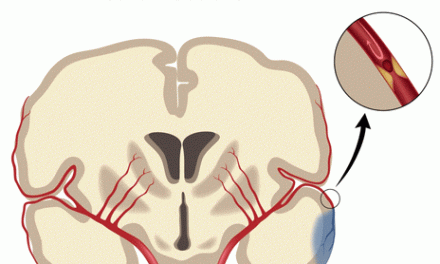An individual suffers a stroke and doctors and nurses in the hospital swoop in to intervene in the immediate life-threatening medical problems. But what happens after stroke survivors battle back to health and can go home? Often, they and their families are still left with problems and questions.
Some of the daily life problems left after a stroke—such as paralysis on one side of the body, or difficulty with swallowing—are easy to see and address. But more insidious barriers can remain. Stroke survivors may be left with damage to their brain that makes it hard for them to interpret the environment around them.
“Difficulty eating, dressing, and navigating in complex environments occurs due to a ‘hidden disability’ affecting functional vision. Although a stroke survivor’s eyes may be healthy, he or she may have trouble ‘seeing with the brain,’” says Anna Barrett, MD, an associate professor of Physical Medicine and Rehabilitation, and Neurology and Neurosciences, at the UMDNJ-New Jersey Medical School. “A person may become unable to perceive and act while eating, getting dressed, or moving around in the home or other very familiar surroundings. Worse, people with this visual-spatial disability usually don’t know why they are making mistakes. They don’t realize they have problems with functional vision, and so they can’t tell others.”
Barrett’s research involves studies that target diagnostic and treatment strategies for this devastating but under-diagnosed condition. “Our mission in our research studies is to make these ‘hidden disabilities’ visible so they can be treated,” she says.
Barrett says more than half of stroke survivors also have memory difficulties that make it hard to manage appointments, medications, and to dual-task at home or in work environments. These problems can limit independence, and are embarrassing and confusing to survivors and the people who care about them. Memory problems related to stroke often go undiagnosed, and so survivors may not know why they are having trouble resuming independence and returning to work.
Barrett suggests the following warning signs might identify a “hidden disability” of functional vision in an individual who is recovering from stroke:
· Repeatedly bumping into one side of the body while walking through doorways
· “Staring off” in one direction, particularly toward the right side of the body, or generally making poor eye contact
· Involvement in a driving accident since the stroke or experiencing strange sensations when riding as a passenger (a feeling that the car is “running off the road”)
· Having trouble finding things on one side of the body or in one place (“losing” the toilet paper when you sit on the toilet).
[Source: Newswise]




